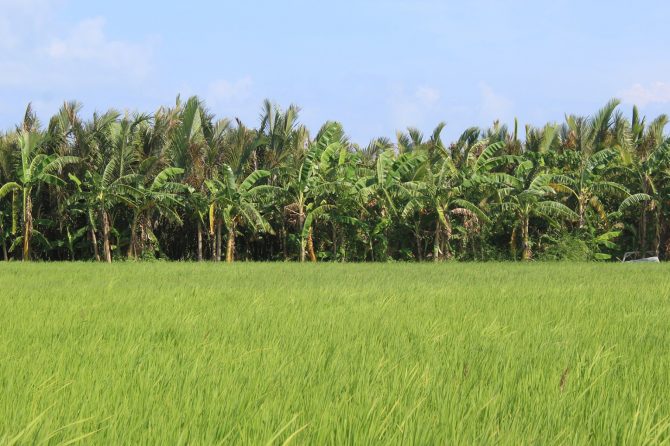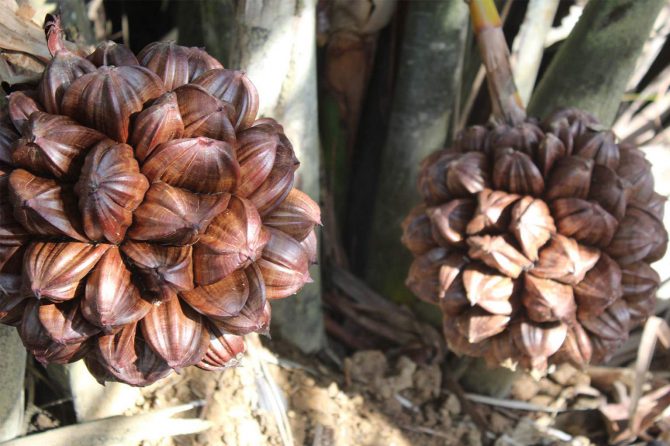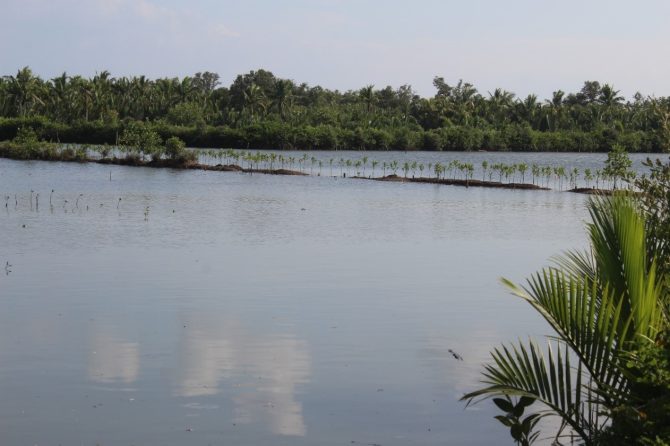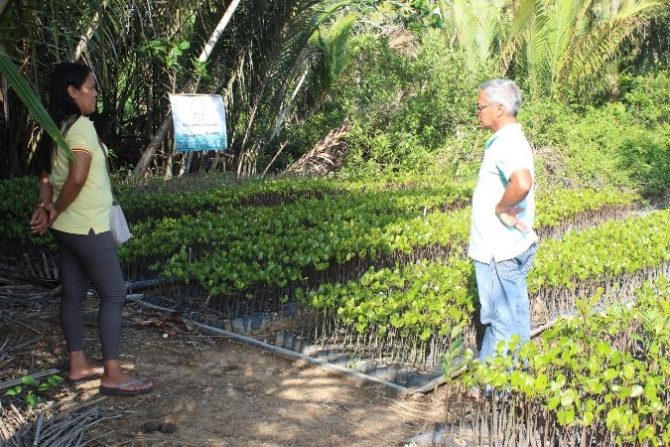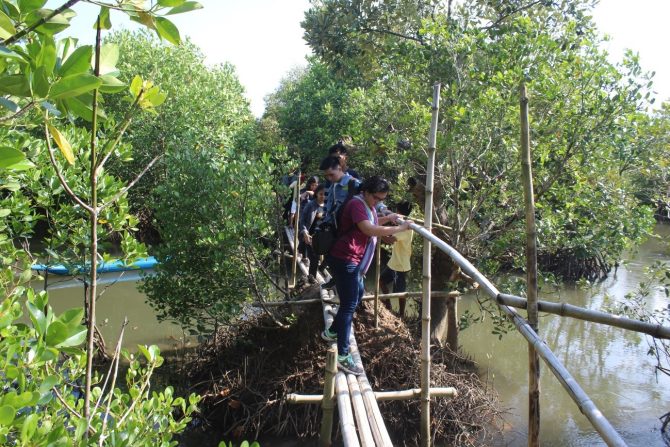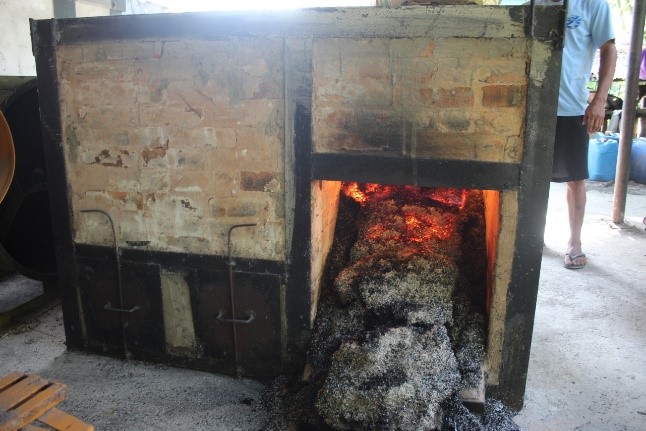2019 PHILIPPINES
Participatory Mangrove Management for Coastal Resiliency of Alitas Community in Quezon, Philippines
University of the Philippines Los Baños (UPLB)
Research activities
Landscape, Seascape
Overview
The project site, Barangay Alitas, in Quezon Province is both a coastal and estuarine community in the municipality with a total area of 676 hectares. Agriculture and fisheries are the common forms of livelihood. However, the agricultural land is privately owned and the fishing grounds are mangroves, with limited access by the surrounding communities. The people of Alitas have to rely on multiple sources of income to cope with storms, monsoon rains, and the trade winds. It is common to find farmers who engage in fishing or collecting fishery resources in mangroves, wine production, trading, and labour services, sequentially or simultaneously. Also, the population of Alitas in 2017 was 1,324 (PSA 2018) and the annual population growth rate stands at 0.85%. The population is expected to double in 30 years, so this is likely to put more pressure on forestlands and coastal resources. Coastal areas are ideal for demonstrating the importance of pursuing resilience to climate change in a highly dynamic socio-ecological system. In particular, mangrove management plays a vital role in enhancing a community’s resilience against coastal hazards that have biophysical, socio-economic, and institutional facets. Therefore, this project aimed to build resilience of local coastal communities and mangrove ecosystems through participatory management. The specific objectives of the project were to develop participatory mangrove management strategies that would promote community-based adaptation to climate change.
The following activities were conducted:
- Project orientation with a seminar and training session on the importance of mangrove ecosystems and the concept of climate change.
- Assessment of the current state of the mangrove area using GIS as Social-Ecological System (SES), secondary data collection, and household surveys/FGDs/KIIs for socio-economic data.
- Stakeholder and institutional analysis to determine the capacity to carry out adaptation responses, as well as assessment of their perception on how the mangrove should be used.
- Development and promotion of an information and educational campaign (IEC) /educational materials on mangrove conservation.
Key achievements
- About 30 participants at the seminar (municipal and barangay local government units, DENR, Alitas Farmers’ Association (AFA) officers and members, AFA non-members) improved their knowledge and awareness of stakeholders, particularly local communities, on the importance of mangroves, participatory management and climate change.
- Assessed the current state of mangrove, with focus on functions and processes (social and biophysical), and ecosystem services (such as water and biodiversity)
- The results of the investigations laid the basis for the formulation and implementation of sub-national and national strategy for the restoration of degraded landscapes in the Peruvian coastal regions.
- A research document on community-based adaptation strategies was presented at an international forum and published in a peer-reviewed journal.
- Publication of a Chapter in a Book: https://rd.springer.com/book/10.1007/978-981-33-6761-6
- IEC materials (3 posters and 1 brochure) were developed and distributed to the local community.
Lessons
This project synthesised various perspectives about the importance of mangrove conservation for enhancing climate resiliency for the local community by:
- describing the climate-related hazards;
- describing the socio-institutional structures;
- identifying climate change adaptation strategies that promote local development and mangrove conservation.
Project location
Organisation

University of the Philippines Los Baños (UPLB)
- Sector
- academic/ research institute
- Country
- Philippines
- Website/SNS
- https://uplb.edu.ph/main/
Relevant projects
Projects of the same year
Aichi Biodiversity Targets
Aichi Biodiversity Targets
-
Awareness increased
-
Protected areas increased and improved
-
Ecosystems restored and resilience enhanced
Sustainable Development Goals
Sustainable Development Goals
-
Climate action
-
Life below water
-
Life on land
